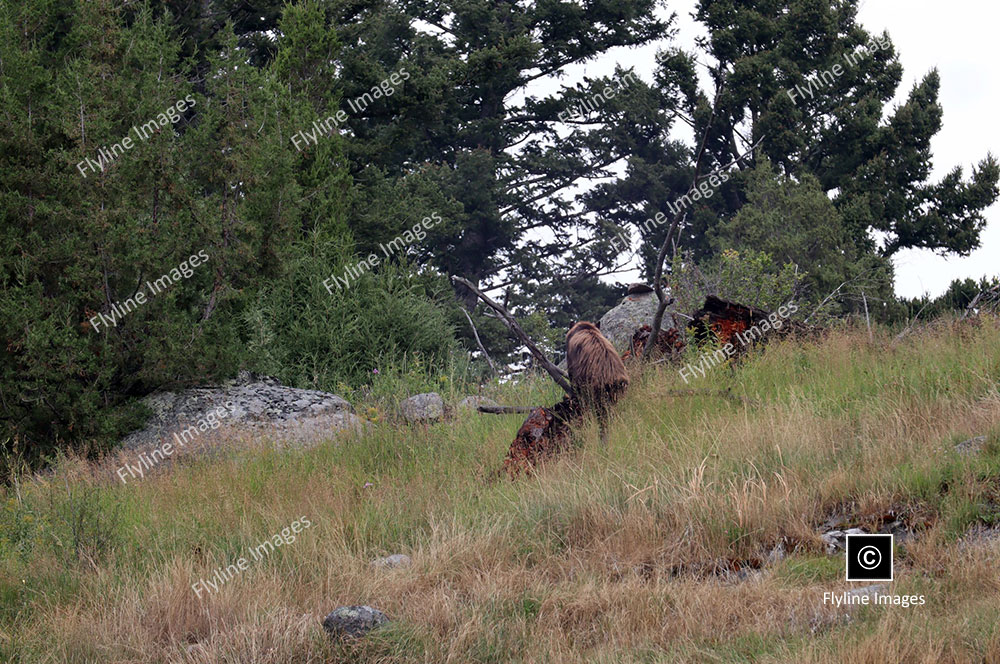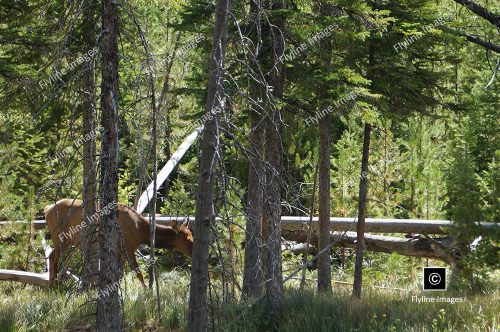Black Bear Near Slough Creek, In Yellowstone National Park
Black Bear 0626
$7.50
Description
Purchase this photo for your use. The photo of a black bear was taken near the Slough Creek and Lamar Valley area in Yellowstone National Park. This young black bear was enjoying the green grass and sunshine. The bear eventually wandered up and over the mountain, out of sight.
Image & Download Information
For this product, we have provided 3 image size options, Large 4000 x 2500, Medium 2000 x 1250 and Small 1000 x 625. When you purchase this photo, you will receive an email confirmation of your order. That email will summarize your purchase and provide you with the download links for the images and videos you purchased.
MORE ABOUT THIS PHOTO
Yellowstone Black Bears are not just creatures of the wild but integral components of a thriving ecosystem and cultural heritage. By recognizing their importance and taking necessary steps to coexist with them, we can ensure their survival and the preservation of a unique natural environment.
Threats to Yellowstone Black Bears
- Yellowstone National Park is home to approximately 700-1,000 black bears, making up one of the largest populations in North America. However, these iconic animals face numerous threats that pose a danger to their existence.
- One of the main threats to Yellowstone black bears is human activities. As more people visit the park each year, the risk of human-bear encounters increases. Irresponsible behavior such as leaving food or garbage unattended can attract bears, leading to potential conflicts and even causing them to become habituated to humans.
- Moreover, habitat fragmentation due to development and roads can also be detrimental to bear populations. This can disrupt their movement patterns and limit their access to food sources, ultimately impacting their ability to thrive.
- Another significant threat to Yellowstone black bears is climate change. As temperatures rise, bears may struggle to find sufficient food sources and enter a state of hibernation later or for shorter periods, affecting their health and reproduction.
- Furthermore, poaching and hunting also pose a threat to the survival of Yellowstone black bears. Although hunting is prohibited within the park, bears that venture outside its boundaries may be legally hunted in surrounding areas.
Conservation Efforts
To address these threats and protect Yellowstone black bears, various conservation efforts have been put in place. These include:
- Bear Management Programs: The National Park Service implements management programs to prevent conflicts between humans and bears. This includes enforcing regulations, educating visitors on responsible behavior, and relocating problem bears to remote areas within the park.
- Habitat Protection: Efforts are also made to protect the bears’ habitat by minimizing development and preserving natural food sources.
- Climate Change Adaptation: Strategies such as monitoring bear populations and their diets help researchers understand how climate change may impact black bears and take necessary measures to mitigate its effects.
- Genetic Monitoring: Monitoring the genetic diversity of Yellowstone black bears helps ensure their long-term survival and adaptability to changing environments.
Public Education: Visitors are educated on the importance of coexisting with bears and responsible behavior in bear habitats through information centers, signs, and educational programs.





